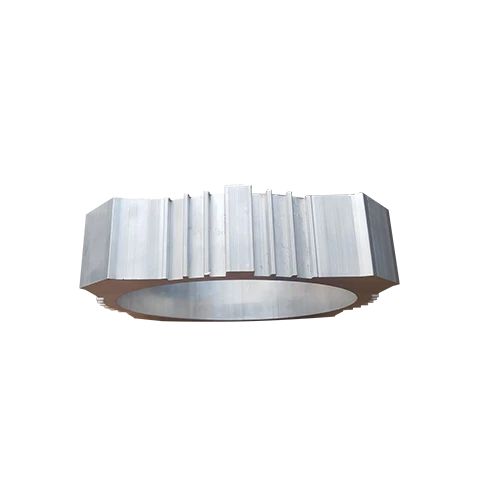Mobile:+86-311-808-126-83
Email:info@ydcastings.com
Aluminum Die Casting Techniques for High-Quality Pressure Components in Manufacturing
Aluminum Pressure Die Casting A Comprehensive Overview
Aluminum pressure die casting is a highly efficient manufacturing process used to produce intricate metal components with precision and repeatability. Utilizing molten aluminum, this technique is widely adopted in various industries, including automotive, aerospace, electronics, and consumer goods. The process not only enhances the productivity of manufacturing but also contributes to significant cost savings.
Understanding the Process
The aluminum pressure die casting process involves several key steps. Initially, molten aluminum is prepared by heating aluminum ingots in a furnace until they reach the desired temperature. The molten metal is then injected into a die—a mold made of steel that defines the shape of the final product. This injection is performed under high pressure, typically ranging from 1,000 to 30,000 psi, ensuring that the molten aluminum fills even the most intricate details of the mold.
Once the aluminum has cooled and solidified, the die is opened, and the casting is ejected. This process can produce highly complex shapes with excellent dimensional accuracy and a smooth surface finish, reducing the need for extensive machining post-casting. The rapid cycle time of the pressure die casting process often makes it more favorable compared to traditional casting methods, as parts can be produced in large volumes efficiently.
Benefits of Aluminum Pressure Die Casting
1. High Precision and Complex Geometry One of the primary advantages of aluminum pressure die casting is its ability to create complex shapes with tight tolerances. The precision of die casting enables manufacturers to produce parts that fit together perfectly, which is crucial in sectors like automotive and aerospace where safety and performance are paramount.
2. Surface Finish The die casting process results in a smooth surface finish that often requires minimal additional treatment. This characteristic is essential for aesthetic components and can reduce the overall cost of finishing processes.
aluminum pressure die casting

3. Material Efficiency Aluminum pressure die casting is known for its efficient use of materials. The process minimizes waste since the remainders from the sprue and runners can often be recycled. Furthermore, the strength-to-weight ratio of aluminum makes it an ideal choice for applications that require lightweight yet durable components.
4. Cost-Effectiveness While the initial tooling for die casting can be expensive, the long-term savings from reduced machining costs and faster production runs often outweigh these upfront expenses. The high production rates mean that once the die is made, thousands of identical pieces can be produced rapidly, making it economically viable for high-volume production.
5. Recyclability Aluminum is highly recyclable, which adds to the sustainability of aluminum pressure die casting. Recycled aluminum requires only about 5% of the energy needed to produce new aluminum from bauxite ore, making it an environmentally friendly option.
Applications of Aluminum Pressure Die Casting
The versatility of aluminum pressure die casting allows it to be applied across a wide range of industries. In the automotive industry, components such as engine blocks, transmission cases, and structural parts are commonly manufactured using this process. The lightweight nature of aluminum helps improve fuel efficiency and performance, making it a preferred choice.
In the aerospace sector, where precision and weight are critical, aluminum die casting provides components that meet stringent safety and performance standards. Likewise, the electronic industry benefits from aluminum die casting for producing housings and components that require excellent thermal conductivity and durability.
Conclusion
Aluminum pressure die casting is a sophisticated manufacturing process that offers numerous advantages, including high accuracy, cost-effectiveness, and a reduced environmental footprint. Its ability to create complex geometries with a superior finish makes it indispensable in various industries. As technology advances, the processes surrounding aluminum pressure die casting continue to evolve, driving innovation and efficiency in manufacturing. Ultimately, this method plays a crucial role in meeting the growing demand for high-quality aluminum components in an increasingly competitive marketplace. Whether through weight reduction, improved performance, or decreased costs, the future of aluminum pressure die casting holds great promise for manufacturers and industries worldwide.
-
Automobile Water Pumps in Vehicle PerformanceNewsMay.21,2025
-
Valve Box Cover Cast Iron: The Backbone of Fluid Control SystemsNewsMay.21,2025
-
Pump Impeller in Fluid DynamicsNewsMay.21,2025
-
Baffled Oil Pans in Racing Cars: How They Improve PerformanceNewsMay.21,2025
-
Compressor Housing Turbo in Pump EngineeringNewsMay.21,2025
-
Why Oil Pan Thickness Matters for Engine SafetyNewsMay.21,2025











